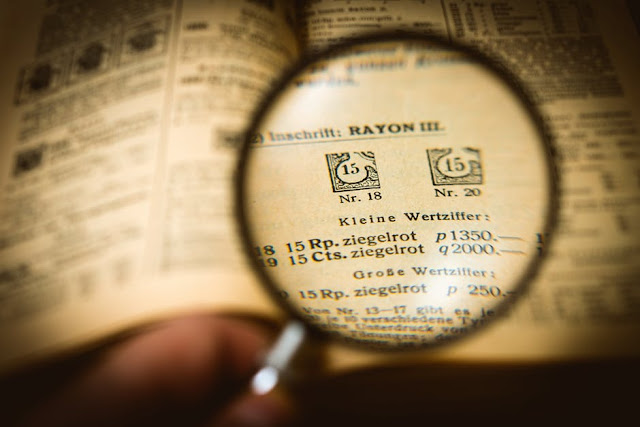Analogous Thinking: The Genius of Mix-and-Match
Want to be more creative? One promising path to creativity is what's called analogous thinking. This approach suggests often you can reach the best solution to one problem by looking at what already exists in a different but somewhat relevant field. By adapting elements of those works to your own purposes, you can create something new, exciting, and effective.
It’s estimated that “perhaps 80% of creative ideas” follow this formation. The key is clever recombinations.
Years ago, composer, actor, and rapper Lin-Manuel Miranda noticed striking parallels between Robert Chernow’s biography of Alexander Hamilton and the classic hip-hop narrative. The result was Hamilton, a hip-hop biographical musical narrated by Aaron Burr, Hamilton’s political rival and eventual killer. It’s a fresh take on the monumental genius and equally monumental egos of our founding fathers, capturing the 18th century revolutionary spirit for new generations of Americans.
(Miranda is not the first to find grist for musicals in unlikely places; as creativity expert Gary A. Davis points out, the Broadway juggernaut Cats was inspired by T.S. Eliot’s Book of Practical Cats. But Miranda may be the first to reimagine George Washington’s cabinet meetings as vitriolic rap battles between Alexander Hamilton and Thomas Jefferson.)
For instance, in the 90s, engineer and bird-watcher Eiji Nakatsu of Japan was working for the rail company JR-west when he observed a kingfisher diving for fish while barely disturbing the water. Realizing that the head and beak shape resulted in incredible aerodynamics, Nakatsu modeled the front train car after the bird to create a quieter, faster bullet train.
The shape of Pringles potato chips was inspired by how tightly and compactly wet leaves can stack on each other. (If you prefer a heartier, more old-fashioned chip, you may be able to find other parallels between Pringles and dead leaves.)
The ubiquitous fastening material Velcro, beloved by toddlers everywhere, came out of a fateful 1941 trip in the Alps, when Swiss engineer George de Mestral and his dog got covered in burdock thistles. When he got home, de Mestral was surprised by the thistles’ sticking power. Intrigued, he grabbed an old microscope and magnified a sample. The burr was covered in tiny hooks that stuck to the natural loops created by fabric or fur.
De mestral says he instantly recognized the analogy between thistles and clothing. He’s quoted as recounting his reaction at the time like so: “I will design a unique, two-sided fastener, one side with stiff hooks like burrs and the other side with soft loops like the fabric of my pants. I will call my invention ‘Velcro,’ a combination of the word ‘velour’ and ‘crochet.’ It will rival the zipper in its ability to fasten.”
Whether this was his exact thought process, or, more likely, how he remembered it later (keeping in mind that memory is not a perfect recorder of events), the key point is that de Mestral’s analogous brain made the link.
As all good invention stories go, his bold challenge to the tried and true zipper initially brought him shame and ridicule. De Mestral, however, was undaunted, and spent years employing top-down problem-solving, working through a variety of material applications like an Edison lab, until, through trial and error, he hit upon nylon sewn under infrared light as the perfect hooks for his artificial burrs. He patented the idea in 1951 and never looked back as Velcro went on to become a multimillion-dollar business.
So the next time you’re feeling stuck, it might be time to find a local park of your own. You never know what new burrs are waiting to be discovered.





Comments
Post a Comment